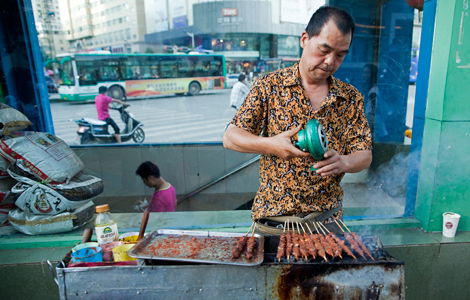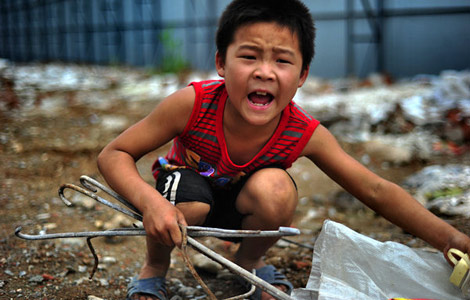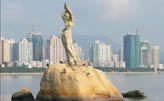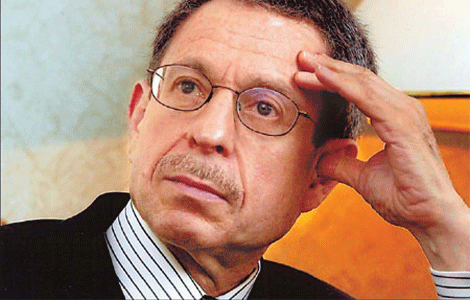China vows 'resolute' battle against inflation
Updated: 2011-08-03 09:25
By Wang Xiaotian (China Daily)
|
|||||||||
|
 |
|
A street vendor sells meat skewers in Kunming, Yunnan province. A senior government official said a double-dip recession is unlikely in China. [Photo / Bloomberg] |
BEIJING - China will continue to fight inflation resolutely in the second half, and the economy still has great potential for rapid growth in the near future, said an official of the National Development and Reform Commission (NDRC) on Tuesday.
Li Pumin, spokesman of the country's top economic planner, said macroeconomic policies in the second half would put more emphasis on resolving "prominent contradictions", such as stabilizing prices and maintaining real estate policies while improving operating conditions for small enterprises.
He said although the growth rate of the world's second-largest economy decelerated in the first half, the government is capable of maintaining stable, rapid expansion in the long run.
China's GDP grew 9.5 percent year-on-year in the second quarter, compared with 9.7 percent in the first quarter and 9.8 percent in the fourth quarter of last year.
The first-half figure this year stood at 9.6 percent.
At the local level, 28 of 31 provinces, autonomous regions and municipalities reported lower half-year GDP figures compared with the same period last year.
"The moderate slowdown in economic growth is in line with the assumptions of macroeconomic policies and will help balance market supply and demand, thus reduce inflation pressure.
"A double-dip recession is unlikely," said Li.
China's official purchasing managers' index (PMI), a key gauge of manufacturing activity, fell for a fourth straight month to a 29-month low of 50.7 in July, according to data released by the China Federation of Logistics and Purchasing on Monday.
The seasonally adjusted HSBC PMI fell to 49.3 from 50.1 in June, the lowest since March 2009. A PMI of 50 or greater indicates growth and less than 50 indicates contraction.
Lian Ping, chief economist at the Bank of Communications Co Ltd, said the economic slowdown would probably persist throughout the third quarter because manufacturing activity has slid for months and lackluster conditions in real estate, the auto market and the entire consumption situation were unlikely to reverse.
He estimated GDP growth would stand at 9.3 percent in the third quarter before climbing to 9.5 percent in the fourth quarter due to a gradual loosening of policies.
The full-year figure would be about 9.5 percent, he said.
"The set of half-year data should dispel concerns over a hard landing in China. On the margin, it may raise concerns that a change in the monetary stance may not take place so quickly," said Wendy Liu, head of China Research at the Royal Bank of Scotland Plc.
But given that there were deteriorating growth trends from April to June, looking at the full quarter's data will understate pockets of stress within the economy, said Liu.
While industrial output and the PMI showed repeated declines, inflation remains white hot. China's inflation rose 6.4 percent year-on-year in June, a three-year record.
To soak up liquidity and curb inflation, the central bank has raised interest rates three times and hiked the reserve requirement for commercial lenders six times this year.
On Monday, the central bank warned that once policies loosen, prices are likely to rebound, and it vowed to stick to responsive, pre-emptive and flexible macro-control policies.
China's inflation will not "get out of control" as prices of production materials and consumer goods are stabilizing, and the government is confident of keeping inflation in check, Zhou Wangjun, deputy director at the price department of the NDRC, said in July.
Lian predicted the consumer price index would remain at a high level of nearly 6.3 percent in July, and the figure for the year will be held to somewhere around 5.2 percent.
Liu said there is the possibility of a 25 basis-point interest rate hike in August, but the chance of another hike in the reserve requirement for commercial lenders is low.











